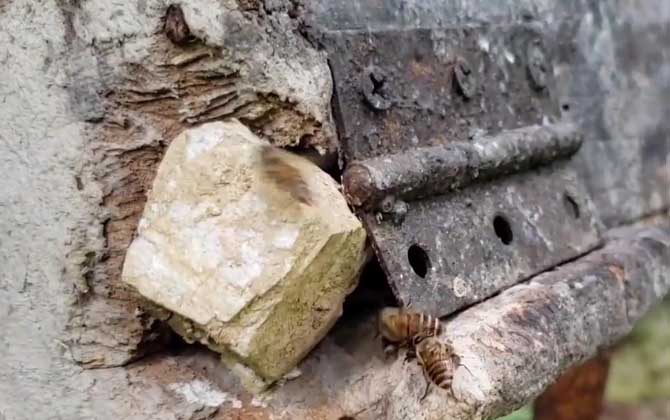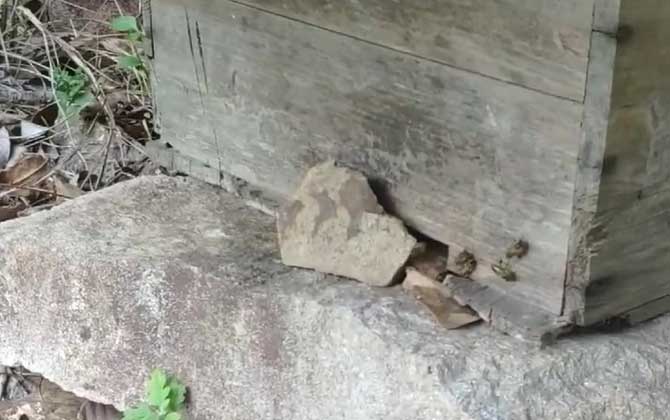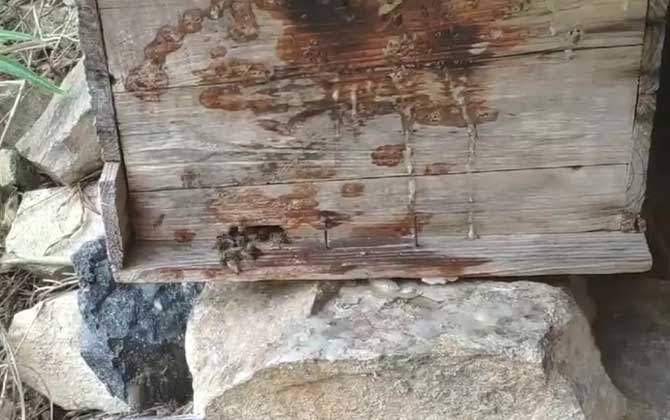Scout Bees: Key Explorers in the Honeybee Colony
Scout bees are specialized worker bees responsible for exploration missions within a colony. There are two primary types: nectar source scouts, which act as pioneers for large-scale honey collection, and nesting site scouts, primarily active during swarming or migration periods. Let’s explore their preferred flight zones:

1. Abundant Nectar Sources
Scout bees prioritize areas with rich nectar resources. Key requirements include:
- High-density flowering plants: Preferred species include rapeseed, locust trees, jujube trees, basswood, vitex, and Chinese milk vetch
- Sustained nectar flow: Locations must offer continuous blooming periods rather than intermittent availability
- Minimum radius coverage: Effective foraging typically occurs within 3-5 km from the hive
Areas with sparse vegetation or irregular flowering patterns rarely attract scout bees’ attention.

2. Optimal Environmental Conditions
Environmental factors significantly influence scout bee preferences:
- Low noise pollution: Avoid areas near schools, highways, factories, or railways
- Water accessibility:
- Require clean water sources within 1 km radius
- Avoid direct proximity to large water bodies (lakes, rivers, reservoirs)
- Shelter requirements:
- Natural windbreaks (trees, shrubs) or artificial protection (rain shelters over hives)
- Dry, well-drained locations preventing hive flooding

3. Minimal Predator Threats
Scout bees carefully assess predator risks:
- Primary threats:
- Hornets (particularly Asian giant hornets)
- Spiders, dragonflies, and predatory birds
- Bats and other insectivorous mammals
- Defense considerations:
- Areas with natural barriers against ground predators
- Locations with observed predator-repelling plants (e.g., mint, lemongrass)
- Regions with low pesticide use to maintain natural predator-prey balance
Additional Behavioral Insights
Scout bees exhibit remarkable communication methods:
- Perform intricate “waggle dances” to communicate findings
- Use sun orientation for navigation (even on cloudy days)
- Can assess floral quality through scent sampling
Understanding these preferences helps beekeepers in:
- Optimal hive placement
- Predicting swarm behavior
- Enhancing honey production through environmental management